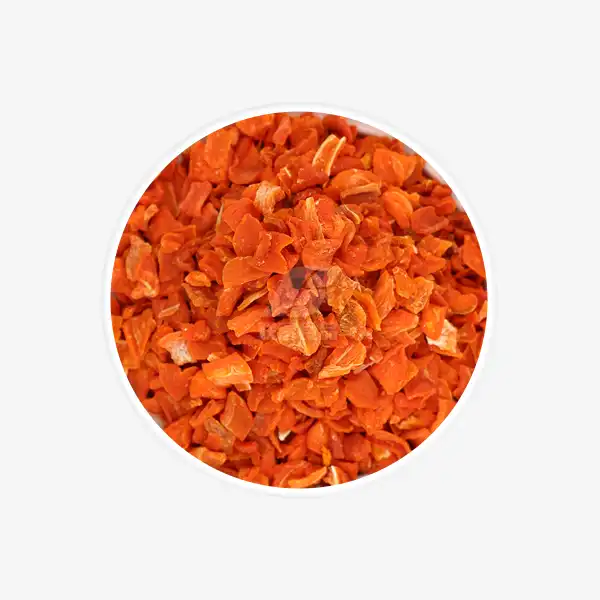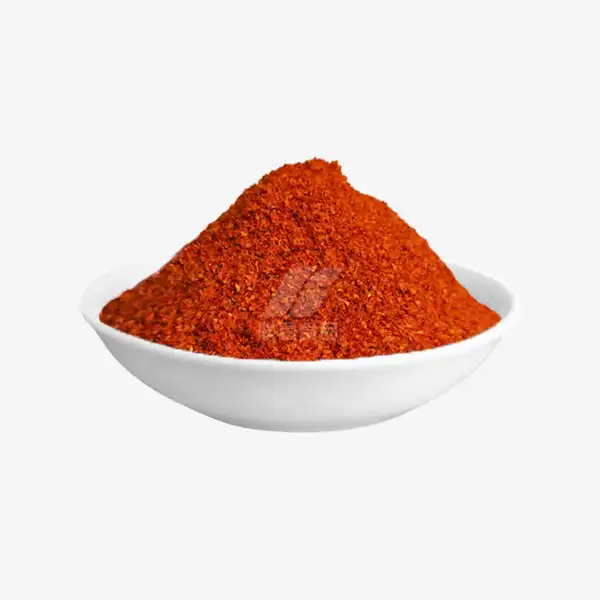Why Dehydrate Tomatoes for Powder for Easy Storage?
Dehydrating tomatoes to create tomato powder is an ingenious way to preserve the vibrant flavor and nutritional benefits of fresh tomatoes while maximizing storage space. When you dehydrate tomatoes for powder, you retain their essence in a compact form. This versatile ingredient allows you to enjoy tomato goodness year-round and adds a burst of umami to countless dishes. Let's explore the top benefits, step-by-step process, and best uses for homemade tomato powder.
Top Benefits of Dehydrating Tomatoes for Powder
Extended Shelf Life
One of the most compelling reasons to dehydrate tomatoes for powder is the dramatically extended shelf life. While fresh tomatoes may only last a week or two, properly dried and stored tomato powder can maintain its quality for up to a year or even longer. This longevity allows you to stock up on tomatoes when they're in season and enjoy their flavor throughout the year.
Space-Saving Storage
Dehydrating tomatoes into powder form significantly reduces their volume, making storage a breeze. A few pounds of fresh tomatoes can be condensed into a small jar of powder, freeing up valuable pantry or freezer space. This compact storage solution is particularly advantageous for those with limited kitchen space or those looking to optimize their food storage systems.
Concentrated Flavor
The dehydration process concentrates the natural flavors of tomatoes, resulting in a powder that packs a powerful punch of tomato essence. This intensified flavor allows you to add depth and richness to your culinary creations with just a small amount of powder. The concentrated nature of dehydrate tomatoes for powder makes it an excellent ingredient for enhancing soups, sauces, and seasonings.
Nutritional Preservation
Dehydrating tomatoes helps retain much of their nutritional value. Tomatoes are rich in vitamins A and C, potassium, and lycopene - a powerful antioxidant. The gentle drying process preserves these nutrients, allowing you to benefit from the health-promoting properties of tomatoes even when they're out of season.
Versatility in Cooking
Tomato powder offers unparalleled versatility in the kitchen. It can be reconstituted to create tomato paste or sauce, sprinkled as a seasoning, or incorporated into dry rubs and spice blends. This adaptability makes it a valuable ingredient for a wide range of cuisines and cooking styles.
Step-by-Step Guide to Dehydrate Tomatoes for Powder
Selecting and Preparing Tomatoes
Begin with ripe, firm tomatoes for the best flavor. Roma or paste tomatoes work well due to their lower moisture content. Wash the tomatoes thoroughly and remove any blemishes. Slice the tomatoes into uniform pieces, about 1/4 inch thick, to ensure even drying.
Pretreatment (Optional)
While not necessary, pretreating the tomato slices can help preserve color and reduce oxidation. You can dip the slices in a mixture of water and lemon juice (1 cup water to 1 tablespoon lemon juice) for about 10 minutes before drying.
Arranging on Dehydrator Trays
Arrange the tomato slices on dehydrator trays in a single layer, ensuring they don't overlap. This allows for proper air circulation and even drying. If using an oven, arrange the slices on baking sheets lined with parchment paper.
Dehydrating Process
Set your dehydrator to 135°F (57°C) and dry for 6-12 hours, depending on the thickness of your slices and the humidity in your area. If using an oven, set it to the lowest temperature (usually around 170°F) and prop the door open slightly to allow moisture to escape. The tomatoes are done when they're crisp and break easily.
Cooling and Grinding
Allow the dehydrate tomatoes for powder to cool completely before grinding. Use a high-powered blender, food processor, or spice grinder to pulverize the dried tomatoes into a fine powder. Work in small batches for the best results.
Storage
Store your homemade tomato powder in an airtight container in a cool, dry place. For optimal freshness, consider using moisture-absorbing packets in the container. Properly stored, your tomato powder can last up to a year or more.
Best Uses for Tomato Powder Made from Dehydrated Tomatoes
Instant Tomato Sauce
One of the most practical uses for tomato powder is creating instant tomato sauce. Simply mix the powder with hot water to achieve your desired consistency. This method allows you to make small batches of sauce as needed, reducing waste and ensuring freshness.
Flavor Enhancer for Soups and Stews
Add a tablespoon or two of dehydrate tomatoes for powder to soups, stews, and chilis to intensify the tomato flavor without increasing liquid content. This is particularly useful when you want to boost flavor without altering the consistency of your dish.
Dry Rubs and Seasoning Blends
Incorporate tomato powder into your favorite dry rubs for meats or create unique seasoning blends. The powder adds a subtle umami flavor that complements a wide range of herbs and spices.
Tomato-Flavored Breads and Pastas
Elevate your homemade breads and pastas by adding tomato powder to the dough. This not only imparts a delightful flavor but also gives your baked goods a beautiful reddish hue.
Sprinkle on Salads and Vegetables
Use tomato powder as a low-calorie, flavor-packed seasoning for salads, roasted vegetables, or even popcorn. It adds a burst of tomato flavor without the added moisture of fresh tomatoes.
Tomato-Infused Beverages
Get creative with your beverages by using tomato powder to make instant tomato juice or as a rim seasoning for cocktails like Bloody Marys. The possibilities are endless!
Conclusion
Dehydrate tomatoes for powder is a smart and efficient way to preserve the essence of summer tomatoes for year-round use. The process not only extends shelf life and saves space but also provides you with a versatile ingredient that can elevate a wide range of dishes. By following our step-by-step guide and exploring the various uses, you'll be well on your way to mastering the art of tomato powder creation and usage. Whether you're a home cook looking to expand your pantry or a culinary enthusiast seeking new flavors, tomato powder is sure to become a staple in your kitchen. For more information on dehydrated vegetable products, including tomato powder, feel free to reach out to us at qingzhengliu@jslianfu.com.
References
1. Johnson, M. (2021). The Complete Guide to Dehydrating Foods: How to Preserve and Store Fruits, Vegetables, Meats, and Herbs. Harvest House Publishers.
2. Thompson, A. K. (2018). Fruit and Vegetable Storage: Hypobaric, Hyperbaric and Controlled Atmosphere. Springer International Publishing.
3. Andress, E. L., & Harrison, J. A. (2014). So Easy to Preserve. Cooperative Extension, University of Georgia.
4. Vandaveer, C. (2020). Preserving Food: Drying Fruits and Vegetables. University of Kentucky Cooperative Extension Service.
5. Barrett, D. M., Beaulieu, J. C., & Shewfelt, R. (2010). Color, Flavor, Texture, and Nutritional Quality of Fresh-Cut Fruits and Vegetables: Desirable Levels, Instrumental and Sensory Measurement, and the Effects of Processing. Critical Reviews in Food Science and Nutrition, 50(5), 369-389.

_1729843393550.webp)









